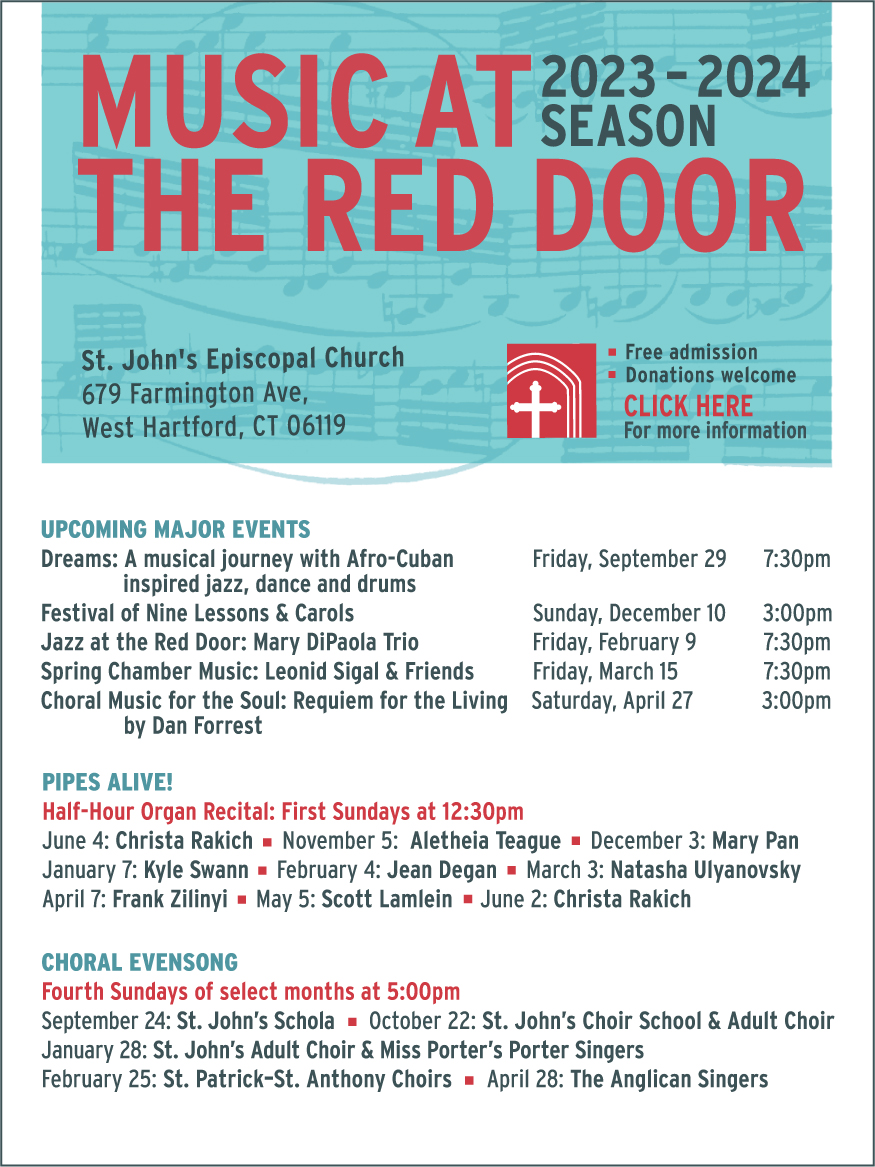World Premiere: 1928
Most Recent HSO Performance: March 1957
Instrumentation: 2 flutes with second flute doubling on piccolo, 1 oboe, 2 clarinets, 2 bassoons, 2 horns, 2 trumpets, harp, celeste, and strings: violin I, violin II, viola, cello, and bass
Duration: 19'
Ottorino Respighi, born on July 9, 1879 into the family of a piano teacher in Bologna, was introduced to music by his father and progressed so rapidly that he began his professional training in violin, piano and composition at age thirteen at the city’s respected Liceo Musicale; his principal teacher was the school’s director, Giuseppe Martucci, then Italy’s leading composer of orchestral music. Respighi was granted a leave from the Liceo in 1900 to play as a violist with the orchestra of the St. Petersburg Opera, and he took advantage of his time in Russia to arrange what he called “a few, but for me very important” lessons with Nikolai Rimsky-Korsakov, whose brilliant orchestral technique would prove to be a lasting influence. Respighi returned to Bologna the following year to complete his degree and then went to Berlin to study violin and composition with Max Bruch. After spending another season in St. Petersburg, he settled in Bologna in 1903, earning his living as a free-lance violinist and receiving his earliest notice as a composer — some of his violin and piano pieces were published in 1904; his first opera, Re Enzo (“King Enzo”), was given a student production at the Liceo in 1905; Rodolfo Ferrari conducted the Notturno on an orchestral concert at the Metropolitan Opera House in New York in 1908 — and becoming active as an editor and arranger of music from the 17th and 18th centuries.
Respighi was back in Berlin in 1908, teaching piano at a private school there, befriending such musical luminaries as Busoni, Kreisler, Caruso, Paderewski and Bruno Walter, and promoting his work so effectively that the renowned conductor Arthur Nikisch included his transcription of Monteverdi’s Lamento d’Arianna on a Philharmonic concert. Deeply impressed by a performance of Richard Strauss’ three-year old Salome that he attended in Berlin, Respighi went home to Bologna in 1909 and wrote his own operatic “tragic poem in three acts,” Semirâma, set in ancient Babylon; it was premiered in Bologna in 1910. Performances of the Notturno and excerpts from Semirâma in Rome in 1912 (and frustration at being unable to land a regular teaching appointment at Bologna’s Liceo Musicale) led him to accept a post on the faculty of Rome’s Santa Cecilia Academy in 1913. He found his first great success, and his musical voice, with the opulent tone poem The Fountains of Rome and the first set of Ancient Airs and Dances in 1917. He was appointed director of the Conservatory of the Santa Cecilia Academy in 1923, but found the administrative duties too intrusive on his creative work and resigned from the position three years later, though he did continue teaching privately for several years. Respighi began touring internationally with a visit to Prague in 1921 and he thereafter traveled extensively throughout Europe and North and South America to conduct and occasionally appear as piano soloist in his works; he made four trips to the United States between 1925 and 1932. His burgeoning career began to take a toll on his health, however, and a heart murmur was diagnosed in 1931. Like Gustav Mahler after a similar diagnosis of heart disease, Respighi nevertheless carried on with his demanding schedule and by 1935 he had pretty well worn himself out. He died of a heart attack in Rome on April 18, 1936; he was 56.
Respighi had an abiding interest in the music of earlier times, and edited many works by such venerable composers as Monteverdi, Frescobaldi, Tartini and Vitali for publication. He absorbed not just the style of these old works, but also something of their ethos, and in 1932 was one of ten Italian musicians who issued a document espousing the hallowed traditions of the art: “We are against art which cannot and does not have any human content and desires to be merely a mechanical demonstration and a cerebral puzzle.... A logical chain binds the past and the future — the romanticism of yesterday will again be the romanticism of tomorrow.” His belief in the old values and forms was reflected in his works, many of which employ ancient techniques. The Concerto Gregoriano for Violin and Orchestra, Church Windows and the Metamorphoseon Modi XII were all based on the resurrected harmonic structure of the ecclesiastical modes. He wrote an orchestral Prelude, Chorale and Fugue when he completed his work with Rimsky-Korsakov, arranged the Passacaglia by Bach, and composed a Toccata for Piano and Orchestra. Among the most charming of his works based on old models are the three sets of Ancient Airs and Dances (1917, 1924, 1932) and The Birds (1927), arrangements of Italian, French and English lute and keyboard pieces of the 16th, 17th and early 18th centuries. In his arrangements, which kept the original melodies and harmonies intact while enriching their textures and providing them with a tasteful orchestral garb, Respighi not only preserved the mood of these old courtly songs and dances — by turns wistful and robust — but also made them thoroughly modern in sonorous brilliance and musical continuity.
The initial avian essay of The Birds (Prelude) draws upon the music of Bernardo Pasquini (1637-1710), the famed Italian Baroque organist, teacher and composer of oratorios and keyboard works, for the themes of its opening and closing sections. Fragments from later movements are previewed in its central portion. The Dove, filled with gentle ornamentations depicting the rustle of wings, is based on a piece by Jacques de Gallot, a little-known 17th-century lutenist and composer. The third movement (The Hen) derives from the famous clavecin work by Jean-Phillipe Rameau (1683-1764). The sweetly flowing Nightingale originated in a composition, according to the score, by “an anonymous 17th-century Englishman.” The bright, chirruping finale (The Cuckoo) returns to the music of Pasquini, and ends with a reminiscence of the processional melody that opened the first movement of this delightful suite.
©2022 Dr. Richard E. Rodda


